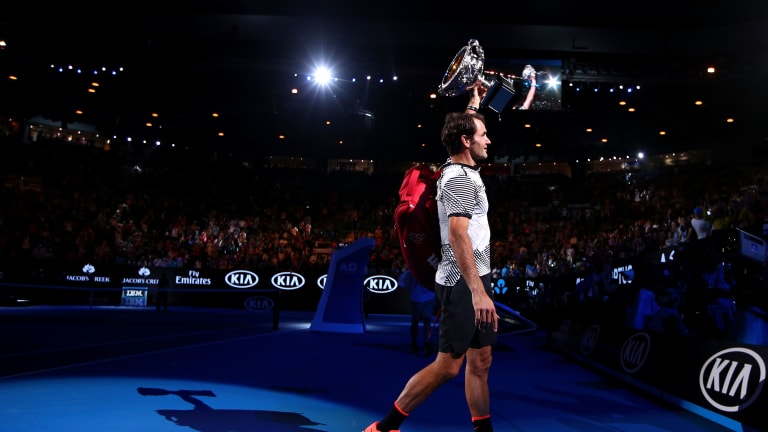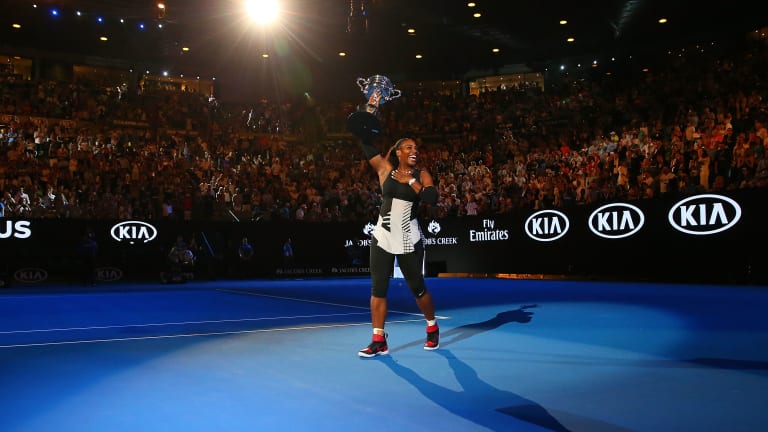Five things we already miss about Roger Federer and Serena Williams
By Feb 22, 2023Pop Culture
Serena Williams named to Time's 100 most influential people ... and Coco Gauff approves!
By Apr 17, 2025Pop Culture
Serena Williams teams with Caitlin Clark to talk value of women's sports with NFL owners
By Apr 07, 2025Ranking Reaction
Aryna Sabalenka surpasses 10,000 ranking points for the first time, joins exclusive list
By Apr 02, 2025Miami, USA
Novak Djokovic lights up Miami Open as Serena Williams, Juan Martin del Potro watch on
By Mar 26, 2025Stat of the Day
Mirra Andreeva becomes second-youngest woman to defeat No. 1 and No. 2 at the same tournament
By Mar 16, 2025Lifestyle
The Tennis Traveler: How and where the pros prepared for Tennis Paradise at the BNP Paribas Open
By Mar 06, 2025Social
Spotted: Meghan Markle’s daughter plays Candy Land with ‘auntie’ Serena Williams
By Mar 04, 2025The Business of Tennis
Serena Williams joins ownership group of Toronto Tempo WNBA team
By Mar 03, 2025Pop Culture
David Beckham gifts Serena Williams Inter Miami CF jersey at 2025 season opener
By Feb 26, 2025Five things we already miss about Roger Federer and Serena Williams
It has been five months to the day since the Swiss played his final point.
Published Feb 22, 2023
Advertising
Advertising

Roger and Serena during their only playing appearance together, at the 2019 Hopman Cup in Perth, Australia.
© Getty Images
Advertising
Advertising
Advertising
Advertising

The Australian crowds showered Federer with support, win or lose (he won a lot more than he lost).
© 2017 Getty Images
Advertising

Like Federer, Serena had a most memorable 2017 Australian Open.
© 2017 Getty Images